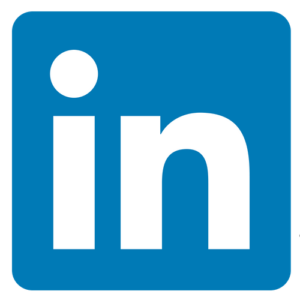A business simply cannot operate without a healthy cash flow, but credit crunches and tight lending regulations from banks can make it difficult for today’s business owner to maintain a steady cash flow. Elizabeth Wilson of Entrepreneur.com shared five ways for business owners to reduce their vulnerability:
1. Diversify your revenue stream. Staffing temp nurses in only one large nursing home or transcribing for only one big hospital is not ideal because if your only customer starts extending its payments, it will affect your cash flow immensely. If you spread out your work among a couple of different clients, you will stand a better chance of balancing your cash flow if one of them starts to pay slower. In other words, don’t put all of your eggs in one basket.
2. Cut back excess spending and protect your cash flow to meet payments. Stay on top of spending and collections patterns to be sure that the amount of cash coming in balances the amount that needs to go out.
3. Cut costs whenever possible. Work to negotiate better terms with the healthcare providers you are servicing. Oftentimes, doctors offices are willing to make credit card payments as well.
4. Raise capital in innovative ways other than traditional banking. Healthcare vendors can and should take advantage of accounts receivable factoring to help them maintain a positive cash flow. Selling their invoices to a factor provides cash immediately so business owners can make payroll and meet other financial obligations without having to wait to be paid.
5. If you have excess cash, you should be leveraging it. “If banks are tightening up their credit, use it to borrow what you need as collateral, and have it in capital investments you need to grow the busienss. Having it in cash is useless unless you have disbursements on an ongoing basis,” founder of BUZGate, Deborah Osgood said.



